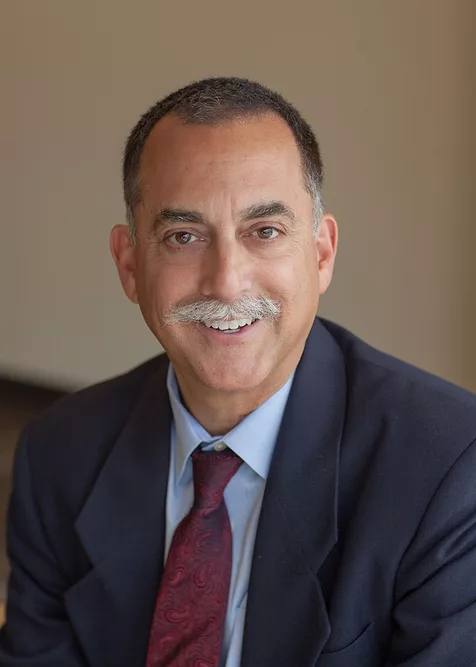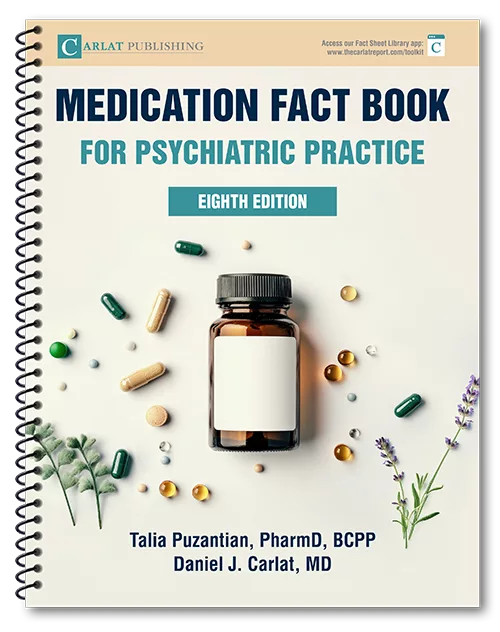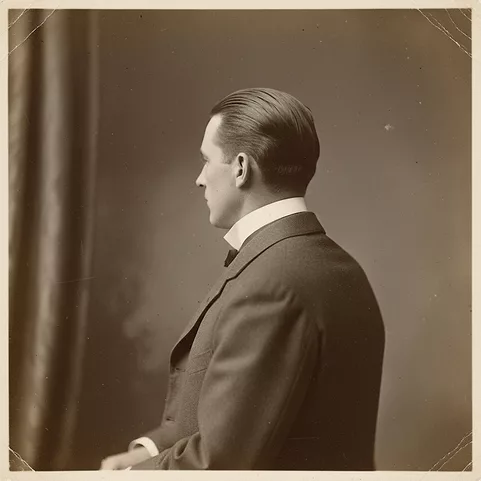ECT: An Update

TCPR: Who is ECT best for?
Dr. McCall: Let’s start with the FDA label, which was updated in 2015. ECT is indicated for severe major depressive episodes that are treatment resistant (ie, two failed antidepressant trials) or require a rapid response. The approval covers bipolar and unipolar depression for ages 13 and up, and the 2015 update adds coverage for catatonia. The update also moved ECT from a Class III to a Class II device, which is a big change. Class II devices require some training to use but have more established safety and efficacy. They include devices such as catheters, powered wheelchairs, and transcranial magnetic stimulation (TMS) (Luchini F et al, World J Psychiatry 2015;5(2):182–192).
TCPR: What predicts a good ECT response?
Dr. McCall: Psychotic features, catatonic features, and few psychiatric comorbidities. In the past, catatonia was seen as a subtype of schizophrenia, but it is more recognized as part of severe mood disorders in DSM-5 and ICD-10, where it has its own stand-alone codes (van Diermen L et al, Br J Psychiat 2018;212(2):71–80).
TCPR: What does catatonia look like in outpatient psychiatry?
Dr. McCall: Catatonia is very impairing, so you do see it more often in the hospital, including the medical floors where patients may be admitted for altered mental status. In outpatients, you might see severe ambivalence, where they walk into the office and take two steps forward, then stop and take a step back. They don’t know if they are going forward or backward, then they sit and they think, “Well, maybe I should stand.” There is a tremendous flattening of affect, reduced movements, few gestures, but with a sense of tension about them. It’s as if they’ve been “turned off,” but that description belies an internal state of great psychic tension. Catatonia is very responsive to ECT. If you misdiagnose catatonia, the patient may be condemned to a really awful prognosis. It can be fatal, such as from deep venous thrombosis.
TCPR: Are catatonic patients always stuporous, or does it come and go?
Dr. McCall: It can come and go, and relatives might describe that. There is also excited catatonia where patients are pacing, agitated, but in a purposeless way, and this also responds to ECT. Some factors predict poorer response to ECT, like depression with borderline personality disorder. Here the response is not zero, but it is reduced, and they tend to relapse faster (Fink M et, J ECT 2016;32(3):149–150).
TCPR: Where does ECT stand in relation to TMS and the ketamines?
 Dr. McCall: Two recent studies compared ECT to other interventions, one to intravenous ketamine and another to magnetic seizure therapy (MST), which is different from TMS. MST is an investigational approach that involves producing a seizure with high-powered magnetic fields (Anand A et al, N Engl J Med 2023;388(25):2315–2325; Loo C et al, J ECT 2024 [Epub ahead of print]). In both trials, the other intervention was essentially equivalent to ECT, but I wouldn’t put too much stake in that because the remission rate for ECT in those trials was very low, around 20%. Normally we see 50%–60% remission rates. So either the ECT was suboptimal or the patient selection was so broad that they let a lot of patients in who normally don’t respond well to ECT, like people who have psychiatric comorbidities or who barely meet the criteria for major depression (Editor’s note: See the table “Interventional Psychiatry: What to Expect.”)
Dr. McCall: Two recent studies compared ECT to other interventions, one to intravenous ketamine and another to magnetic seizure therapy (MST), which is different from TMS. MST is an investigational approach that involves producing a seizure with high-powered magnetic fields (Anand A et al, N Engl J Med 2023;388(25):2315–2325; Loo C et al, J ECT 2024 [Epub ahead of print]). In both trials, the other intervention was essentially equivalent to ECT, but I wouldn’t put too much stake in that because the remission rate for ECT in those trials was very low, around 20%. Normally we see 50%–60% remission rates. So either the ECT was suboptimal or the patient selection was so broad that they let a lot of patients in who normally don’t respond well to ECT, like people who have psychiatric comorbidities or who barely meet the criteria for major depression (Editor’s note: See the table “Interventional Psychiatry: What to Expect.”)
TCPR: I believe the ketamine study excluded psychotic patients.
Dr. McCall: Yes. It also took very few hospitalized patients, and it didn’t screen out personality disorders. Patients were also limited to nine ECT treatments, while in practice many require 12.
TCPR: What about ECT vs TMS?
Dr. McCall: TMS protocols have become more aggressive over the last two decades, and these changes have been associated with better antidepressant effects. There may be a place of overlap where both ECT and TMS are appropriate for less severe presentations of depression. But ECT is the choice when it comes to patients who have psychotic depression, catatonia, or profound self-neglect such as food refusal with massive weight loss.
TCPR: What should we tell the patient when referring them to an ECT service?
Dr. McCall: I’d start with a discussion about the likelihood of improvement, which is going to depend on the factors above. In the best case, with psychotic features and no significant comorbidities, I tell them, “I have great hopes, like 80% or greater, that this is going to be a life-changing experience.” Next, I’d clarify the side effects. There’s the nuisance side effects: Patients could wake up from the treatment with a headache, sore muscles, or temporary confusion, and they may feel frightened that they don’t know exactly what’s going on when they start to wake up. Then we talk about the amnesia, which comes in two forms.
TCPR: What are they?
Dr. McCall: There’s anterograde amnesia, where patients’ ability to learn and master new information may not be as good for a period of time. Then there’s retrograde amnesia, where patients may forget things they knew before starting ECT. For anterograde, I’ll caution them not to make important decisions like buying property for a couple of weeks. But with the new ways of doing ECT—right unilateral, ultra-brief titrated ECT, dosed to the individual—about two weeks after it’s over, their performance on memory tests looks like it did before they had ECT, or maybe even better.
TCPR: How significant is the retrograde amnesia?
Dr. McCall: How far back the memory loss goes is highly variable, and again it’s going to be less with right unilateral ECT. I would say, “What we’ve got at stake is maybe the last few weeks or even a month of memory—a potential spotty memory loss here and there going back a month before the ECT started.” I don’t sugarcoat it. Patients find it acceptable if you just tell them straight up what’s at stake. They’ll say, “The way that I felt the last several months, there is nothing I really need to remember.” You can also focus on what will be spared. They’re not going to forget the names of their children or events that happened years ago.
TCPR: Are there cases where the amnesia is worse?
Dr. McCall: We still see rare patients who complain of memory loss weeks and months after ECT. It may be that the ECT didn’t work all the way and that the cognitive problems are due to residual depression, but we don’t know, and I’d be careful not to invalidate their experience.
TCPR: In the public sphere, some argue that ECT causes brain damage.
Dr. McCall: The Church of Scientology has been spreading that message since its founding in the 1950s, and there is no scientific basis to it. First, “brain damage” is not a medical term. Studies look at brain injury and neuronal injury, and there is no evidence that ECT causes these things. There is no shrinkage in hippocampal or other volumes on MRI, no increase in biomarkers of neuronal injury, and no increased risk of dementia. Researchers have looked at neuronal cells in primate studies, and there is no injury after ECT. There’ve been several autopsy examinations of human brains from people who received significant ECT, up to 1,250 treatments, and again no injury. Scientologists have argued that ECT cooks the brain with electricity. However, a recent paper modeled this and found the temperature change during ECT is within the range of normal physiology (Swartz CM, J ECT 2024;40(2):72–77; Swartz C et al, J ECT 2023;39(3):158–160).
TCPR: I have seen studies where neuroprotective factors like BDNF increase after ECT.
Dr. McCall: Yes. There is also some increase in brain volume after ECT, which is the opposite of what you’d expect with injury, and it isn’t due to swelling either. But those increases fade after about six months, and we don’t know if they are linked to ECT’s efficacy or not. My own view on this is that medical treatments have benefits and risks, so how do we know which wins? The court to which I would appeal is the court of quality-of-life research. I’ve had the privilege of working on four clinical trial data sets with ECT, and quality-of-life measures were always better after ECT, not worse (McCall WV et al, J Psychiatr Res 2018;97:65–69). Scientologists might argue, “Of course they think their life is better. They are so brain damaged they don’t know how bad it is.” But we had loved ones rate whether they thought the patient’s life had gotten better, and they agreed that the patient’s life had improved. The patients were not disabled, but rather enabled.
TCPR: How do you prevent relapse after ECT?
Dr. McCall: The relapse rate is high, and there is a classic study by Harold Sackeim’s group that guides us in what to do about it. They found most patients (84%) relapsed within six months with just a placebo. Nortriptyline as monotherapy was better (60%), but the lowest rate was with nortriptyline-lithium combination (40%), and these were all unipolar patients. So that’s my go-to strategy, although if a patient has bipolar, I’d use lithium without the antidepressant. The most potent strategy for protection against depressive relapse would be lithium (plus or minus the antidepressant) plus step-down, continuation ECT on a weekly basis for four weeks. Additional ECT after that point would be on a case-by-case basis (Sackeim HA et al, JAMA 2001;285(10):1299–1307).
TCPR: I looked at that study and noticed nearly all the relapses in the lithium group were in the first month.
Dr. McCall: Yes, the first month is a precarious time, and step-down ECT may help there. This is when you taper down the ECT, giving it weekly for an extra month after the usual course. I was part of a study led by Charlie Kellner that tested this in a controlled trial of older adults, and the four or five step-down treatments protected against relapse for an additional month without any worsening of cognition (Kellner C et al, Am J Psychiatry 2016;173:1110–1118).
TCPR: How do we manage medications when patients are receiving ECT?
Dr. McCall: We tend to continue the antidepressant. Lithium is less clear. There’s some literature suggesting an adverse interaction with ECT if the serum levels are 0.7 mEq/L or higher, such as causing confusion. Some hold the lithium the night before ECT, and others stop it altogether during treatment. If the patient is taking an anticonvulsant for bipolar disorder, we worry that it might interfere with the seizure threshold, so we often lower the dose.
TCPR: What about benzodiazepines?
Dr. McCall: Benzodiazepines can also interfere with seizures, but they are hard to completely get rid of, so we may reverse it during the anesthesia or apply anesthesia with flumazenil. Also, patients can’t have anything by mouth on the morning of ECT to prevent aspiration, so we try to hold everything but the most essential meds then. But for all of these decisions, you can usually defer to the ECT team.
TCPR: Thank you for your time, Dr. McCall.
 W. Vaughn McCall, MD, MS
W. Vaughn McCall, MD, MS

_-The-Breakthrough-Antipsychotic-That-Could-Change-Everything.webp?t=1729528747)



